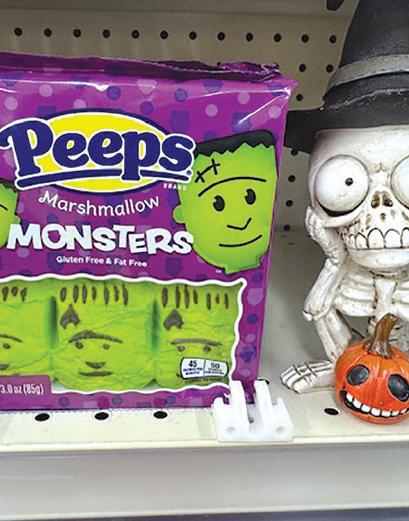














































By Paul Kimball
Cadmus Delorme devotes his life to Truth & Reconciliation by speaking about it…and showing how it is lived out.
He is Cree and Saulteaux from the Cowessess First Nation. From 2016 to 2023, he was the elected Chief. He embraces both his indigenous and Canadian citizenships.
On October 2nd, he spoke to over 200 students, staff and the general public at Oxbow Prairie Horizons School (OPHS).
Delorme began by introducing his ‘manager’...his sixyear-old son, Kingsley. He then had to ‘give instructions’ to his ‘manager’, who was pushing a chair around on the stage. Delorme told him to sit quietly. The manager complied.
Delorme’s message was serious, challenging, and entertaining. He told three stories – The First Ancestor Story, The Moose Story and The Dog Story (which generated the most laughter). Dogs decided to have a meeting that excluded the human from attending. As the dogs entered the tipi, there wasn’t room for their tails, so they detached them and pinned them to the outside of the tipi. The pouting human set the tipi on fire, forcing the dogs to evacuate. In the confusion, the dogs grabbed whatever tail they could lay their paws on and reattached them to themselves. That’s why a dog sniffs the back end of another dog… to find its proper tail. The story illustrated how to view the world with connection and humour.
Delorme reminded his audience that before Canada became a country, an indigenous country already existed where education, farming, justice and

economy thrived, with a strong indigenous worldview.
He explained the three Indian groups and defined the differences – First Nations (people who inhabited most of North America), Metis (a group with a culture born from indigenous people and Europeans during the fur trade) and Inuit (those who lived in the far north). In the 1990s and early 2000s, governments used the term ‘aboriginal’ to lump the three groups together, something that the groups did not appreciate.
The new nation of Canada sought to eliminate the indigenous worldview and replace it with its own through the residential school program and the Indian Act.
The overarching purpose of Truth & Reconciliation is to help all Canadians understand that the two worldviews can co-exist, like two canoes travelling side by side down a river.
Delorme talked about his great-great-grandmother Grace (pronounced Gracie) who was taught the virtual lineage of the indigenous worldview. He referred to that as vertical teaching. His great-grandmother Maggie was placed in a residential school and was taught the survival mode of indigenous worldview – horizontal teaching. That continued with his grandmother Evelyn and his mother Charlotte. Delorme was born in 1982. He and his daughter strengthened their indigenous virtual lineage worldview and now have a virtual worldview in both worlds.
Delorme didn’t dwell on all the negatives of residential schools other than mentioning the error of forcing one worldview while trying to eradicate

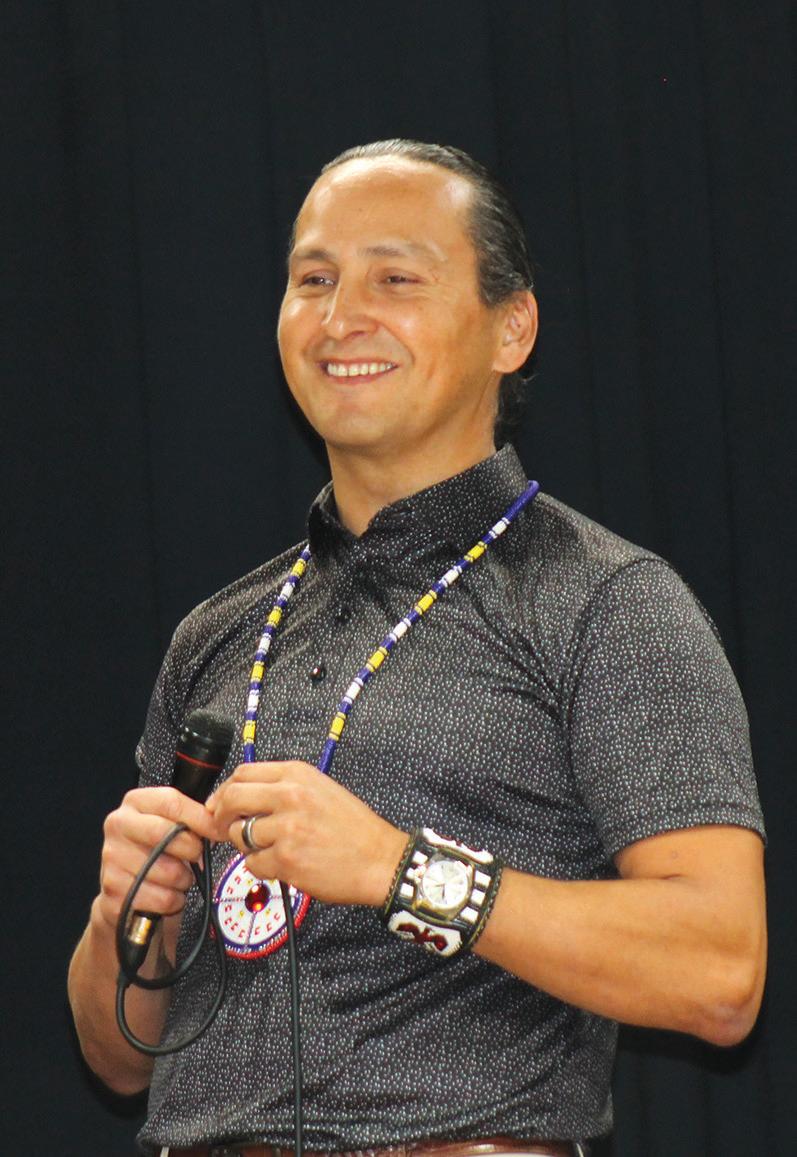
the other.
Indigenous people are not seeking sympathy. They simply want their indigenous worldview to catch up with the Canadian worldview and see them exist in unison.
That vision works successfully for him. He was named chief of his nation when he was 33. He represented Team
Saskatchewan as a golfer on 11 occasions, winning once. This past July, he became the 10th chancellor of the University of Regina. As he says, “The university chose Cadmus on merit, not because I was indigenous. I just happen to be indigenous, which makes the moment that much more special.”






Your first stop to find events happening in our community!
Tues, Oct 14 – Jess Moskaluke - Maryfield
Thurs., Oct 16 – Creative Tables for Cancer - Arcola
Sat, Oct 18 – Rummage Sale - Arcola
Sun, Oct 19 – Manor Fall Supper – see ad for more info
Fri, Oct 24 – Fowl Supper - Kisbey
Sun, Oct 26 – Fowl Supper – Maryfield
Fri, Oct 31 – Blaze a trail for kids haunted bash – Carlyle Memorial hall
Sat, Nov 22 - Rory Allen- Arcola 2026
Tues to Sat - Mar 25 -29 – 125th Arcola Curling Club Bonspiel
*Do you have a community event you want listed here? Send us the name of the event, date, and what community it’s being held by emailing: observer@sasktel.net OR calling: (306) 453-2525.
By SaskToday staff
Southeast College says it is reaffirming its commitment to fostering a diverse, equitable, inclusive and accessible environment for all.
“At Southeast College, we are dedicated to building a culture where everyone feels welcomed and supported,” said Jennifer Logel, vice-president of human resources and organizational development. “Diversity enriches our classrooms, workplaces, and communities. By removing barriers and creating space for every voice, we open the door to greater opportunities and a stronger future for our college and communities.”
The college says it recognizes that diversity encompasses a wide range of perspectives, backgrounds and experiences, and that these differences enhance its ability to innovate and succeed. It adds it is committed to addressing systemic barriers, ensuring equitable access to

resources and opportunities, and creating an environment where every voice is heard, valued and respected. The college also strives to make its programs, services and facilities accessible to all.
As part of this work, Southeast College is conducting an accessibility survey to gather input from current and future students, alumni, staff, partners and communi-
ty members. The results will help identify focus areas and guide the development of the college’s accessibility plan, where actionable steps will be taken to remove barriers and strengthen accessibility in programs, classrooms, communications, technology, facilities and business practices.
The survey will be available on Southeast College’s website and
social media channels from Sept. 22 through Oct. 5. Paper copies will be available at all college campuses.
“We encourage everyone connected to the College to share their voices through the accessibility survey,” said Logel. “Your feedback will help us identify focus areas and ensure our accessibility plan reflects real needs and experiences.”



He has his own company – Flowing River Capital. Indigenously owned, it bridges both worldviews.





Embracing both worldviews – Truth & Reconciliation – has led to success!
He reminded the students that they are the first generation to be taught the value of Truth & Reconciliation. He challenged them to embrace that…and view themselves as teachers to previous generations who have only been taught the Canadian worldview - teaching by their words and actions how the two worldviews can live in harmony.
Following his speech, Oxbow librarian Megan Andersen presented him with a gift bag, containing items created by local indigenous artist Emilee Steffensen.
Delorme is married to Kimberly. They have three children – Kalianne, Kingsley and Xavier.
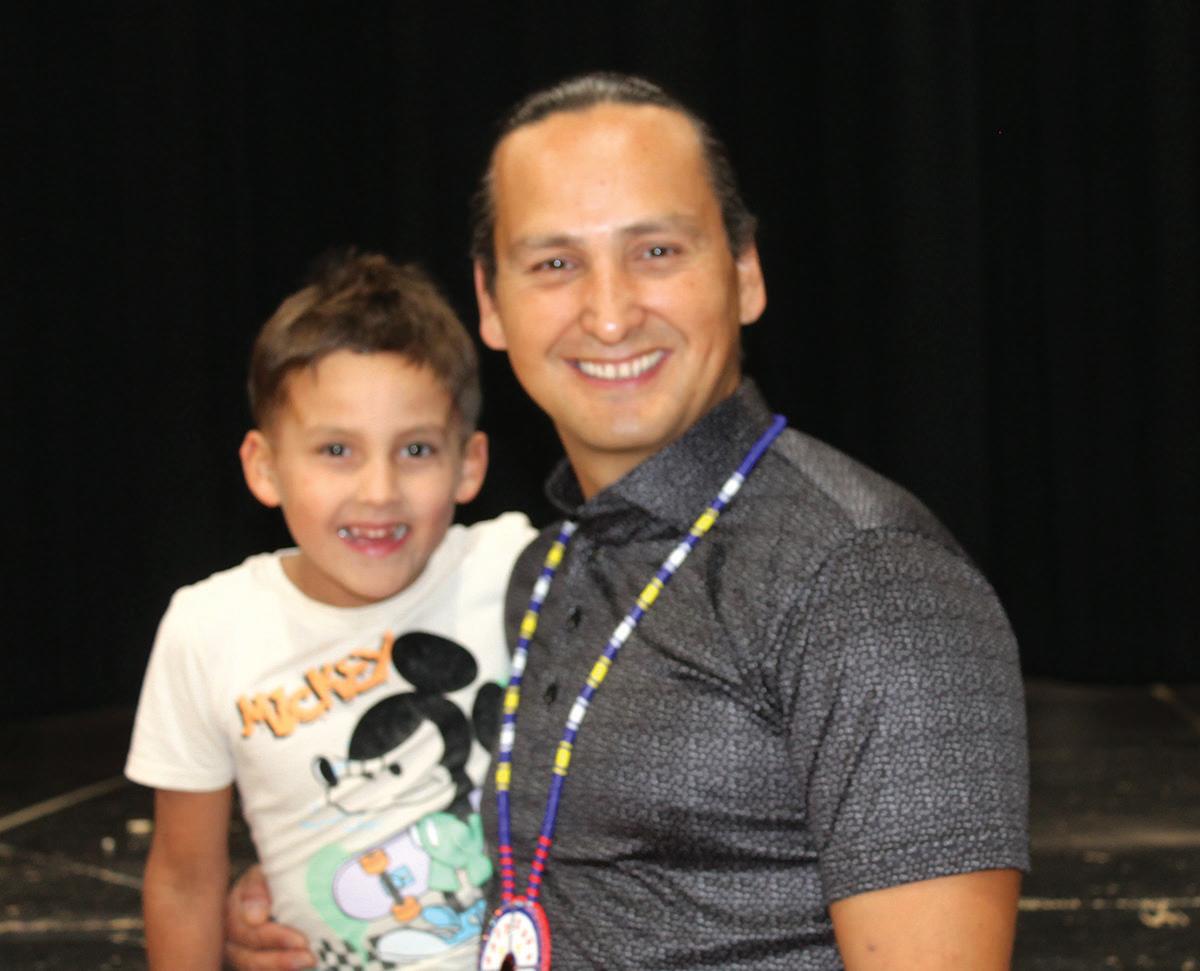



By Paul Kimball
Although a number of theatres can be found in Saskatchewan’s southeast corner, there is not one to be found in Oxbow.
A permanent one, that is.
Thanks to the Oxbow Arts & Cultural Committee (OACC), Oxbow is home to a temporary theater from time to time. On October 3rd, the theatre took place at the Memorial Hall, with OACC providing a theatre-sized inflatable screen as well as a projection and sound system.
The movie playing that night was Indian Horse, brought in by Oxbow’s librarian, Megan Andersen. It was part of Oxbow’s Truth & Reconciliation week.
Indian Horse is based upon a book bearing the same title. A fictitious novel written by the late Canadian author Richard Wagamese, it tells the story of Saul Indian Horse, a boy who was taken from his Ojibway family and reserve, along with others, and placed in a residential school. It details the struggles of that transition. However, a faculty member who was sympathetic with the students, was of encouragement to Saul and pulled a few strings that enabled Saul to play hockey with the older boys. Saul excelled at hockey and that enabled him to leave the school. Although

he met a few encouraging people along the way, he was unable to handle the racism he faced and the haunting memories of the residential school. Unfortunately, that led to the derailment of his
promising hockey career.
It is a very touching story…and captured very well on film.
The movie was a reminder that racism is a terrible thing, and that Cana-
da’s indigenous people have and continue to have overwhelming barriers to overcome. It was a fitting way to bring a week of Truth & Reconciliation to a conclusion.





































“There
is no passion to be found playing small - in settling for a life that is less than the one you are capable of living.”
- Nelson Mandela

As many people know, we purchased a property last year on October 4 with an old house on it, that had not been lived in for over three years. The power, gas and water had all been either turned off or removed.
There were many people who thought we were crazy when we told them that this old house from 1912 was going to be our home in the future. We were told to push it over and start new, but we saw something in this place that had history and character.
During this year we worked every Saturday pulling down walls, replacing the electrical wiring, putting in new plumbing, and the list goes on. In this time people began to see that we had a vision and they became curious about what we were doing.
We enjoyed doing the renovations but the people who dropped by were the best. We have met people that used to come to this house regularly that either were friends with some of the kids that grew up here or had lived in the house themselves.
As we pulled down walls, we often found writings on the walls, with names and dates attached to them. We would ask the people who came over who these people were and got filled in more about the history of our new home.
Our neighbour across the street has been coming over from the very first day that we started working in this house. He was one of the people who thought that we were a little crazy taking on such a project.
Every week he came over to see the progress we had made from the week before and after several months of work, he began to see what we were up to. He often said that he could not believe what we had done with the place.
The best part is this neighbour looked after our place when we were not there. If there was anything unusual going on, he would slip over to check it out. Neighbours like this are the best and they keep our communities safer.
Today we are living in our new home and people still drop by as they want to see what has transpired in the past year. After all, they saw us come with lumber, paint, new windows, and doors, and changed the whole outlook of the house that we now call home.
Last Saturday was no exception and it happened by a fluke. A man was driving down the street and lost something out of the back of his truck. My husband walked to the road to offer the man help. It so happened that my husband knew the man.
Since my husband has a gift to chat with anyone, before I knew it this gentleman was standing in our home telling us this house used to be his grandpa’s old home. How crazy is that? He could not believe the change that we had made, but he also offered us some insight into our place.
Every time we learn something new it is all about the history in our home. And the history will continue in this house that is called “San Souci,” which means “Without Worries.”
Our first week in our home was pretty interesting. The first day our sewer line was plugged, and our new washer was not working. We started our new stove, and it was smoking. Now that everything has been resolved it is a matter of finding where I put stuff. If you know about our home and you have some history to share with us, do not be afraid to drop by. We do not mind, and we will even give you a tour, and when it is done, our guest book will need to be signed, to add to our memories of our home Without Worries.


The first glance may not tell the story

It was one of those moments that I got a good look at myself and didn’t like what I saw.
My husband and I were at the State Fair in Indiana one summer and among the events we took in was a concert by a Christian contemporary artist whose music we listen to a lot.
I saved spots we had snagged on the benches near the outdoor stage and my husband went and found something for us to eat. While I waited for his return I noticed people walking around looking for places to sit. With open space in our row, I saw someone who I most assuredly did not want sitting beside me. His physical appearance, including his size and how he was dressed, was intimidating and I didn’t want this concert experience impacted negatively by
his presence. I looked away, held my breath and silently hoped he and those he was with were heading in another direction.
Moments later he was not only in my row, but in the seat right beside me. I pretended to be busy scrolling through the pictures I had taken throughout the day or reading the State Fair pamphlet I’d been carrying around.
“Have you been to a Matthew West concert before,” a voice beside me asked. It was him. “No. He’s never toured in my area,” I responded. “But I love his music.”
He then told me he’d been to five or six of his concerts in various areas and always invited a different friend to each one. He shared with me it can be a great starting point to sharing his faith. He then pointed out who he brought to the concert that night in Indianapolis.
We were soon in a conversation in which he shared what his faith meant to him over the previous few years after a life of what he described as bad choices and dangerous living. I was amazed by him. The depth and earnestness of his words
touched me deeply. His love for the Lord shone through as he talked about sharing his faith now with his children and young grandchildren.
Social scientists suggest that when we meet someone new, our first impressions can be formed by merely a quick glance, perhaps as brief as three seconds. Think about that. We determine our whole impression of someone in the same amount of time it takes us to swallow.
Studies of our behavior indicate that a passing glance at someone’s physical features, their clothing, body language and first few words to us will set the tone for our interaction with that individual. We integrate all this information very quickly, and in a matter of seconds we have formed our opinion of that person.
But how many times have our first impressions turned out to be true? How about entirely false? Many people claim as one of their positive qualities that they are a “good judge of people.” Hopefully those judgments have been formed based on multiple things and not
simply the impressions of a singular encounter. I admit there have been other times my first impression of someone has turned out to be erroneous. In fact some of the friends I cherish most are ones that have developed despite my initial and unfounded perceptions of them. And thank goodness that the friends I treasure today gave me more than three seconds to make a good impression on them. As you encounter others this week, question the reasons behind your assumptions and what impressions they are likely forming about you. In a rushto-judgement culture in a fast-paced world we need to think about all the potential relationships we may be missing out on, simply because we aren’t taking the time to really get to know someone. Whether it’s a new initiative, new opportunity or, most importantly, a new person to meet, let’s be generous in our time to let their effect and potential impact on our lives fully settle in. First impressions may matter, but it’s the second ones that count. That’s my outlook.






















By Paul Kimball
As another golf season was coming to an end, Carnduff Gold Club Manager Vienna Treble wondered how best to wrap things up. She was interested in bringing the golfers together one last time…and paring down the inventory of drinks and snacks.
She has been managing the clubhouse for about three months and remembered an event that finished off a season a couple of years ago. She thought she’d give it another whirl –a karaoke night, offering drinks at a reduced price.
The date was set… October 4th, as was the time – 9 p.m. About 45 people showed up to have that last drink together, to sit around and chat and watch a replay of the Blue Jays’ game that had seen the Jays thump the Yankees 10-1 earlier in the day.
Oh, and to listen to singers like Chance Purves croon away to the karaoke machine.
Treble and two of her staff (Jakara Reavie and Victoria Boulanger) were the bartenders for the evening, which wound up around 1 a.m. They also served as des-

ignated drivers for those who enjoyed the evening a bit too much, as they say.
Alex Huish was the big winner of the evening, taking home a raffle basket that included three bottles of liquor, two bags of chips, assorted candy and chocolate bars and a couple of clubhouse favourites – puffed wheat cakes.
Treble had this to say – “I was very happy with how the evening went.”
Now that the doors are officially closed, it’s off to school for Treble, resuming her online courses…and planning for next year’s opening of the golf course clubhouse.




Courtesy of Suzanne Joyce
As harvest unfolds across Saskatchewan, an increasingly common pattern is emerging. Next to neat and tidy fields of crop stubble, a dense, waist-high jumble of kochia persists in the corners and field margins, like unkempt sideburns on a clean-shaven face.
In Saskatchewan and across the Prairies, these kochia-affected areas are expanding each year. Kochia’s natural characteristics give it competitive clout; more recently, the noxious weed has become even more obnoxious, outmaneuvering pesticides including glyphosate, as well as Group 2, Group 4 and now Group 14 modes of action. Researchers have also tracked a relentless northward expansion of kochia’s range, as it continues to colonize new ground outside of expected areas.
But kochia is more than just a nuisance - it’s often a symptom of deeper, underlying soil issues, notably salinity that make areas unproductive for annual crop growth. The Prairie Precision Sustainability Network (PPSN) is a Canadian research-producer partnership that aims to better understand and inform management of marginal cropland. PPSN researcher and sci-
By Kaitlynn Nordal
The Sustainable Canadian Agricultural Partnership (Sustainable CAP),

entist with Ducks Unlimited Canada’s (DUC’s) Institute for Wetland and Waterfowl Research, Sam Robinson, estimates that there are roughly 7.3 million acres of marginal farmland across the Canadian Prairies. That’s the equivalent of 13 acres in every quarter section—land that remains unproductive despite fertilizer inputs, crop protection products, and careful management.
“These consistently low-yielding acres really don’t pay,” says Robinson. “On average, prairie farmers lose
replaced the Canadian Agricultural Partnership (CAP), and runs from April 1, 2023, to March 31, 2028.
Sustainable CAP is a $485 million




about $68 per acre trying to grow annual crops in these areas. But perennial forages are another tool in a farmer’s toolbox to turn underperforming acres into productive forage while reducing weed pressure and input costs.”
This fall, DUC is helping Saskatchewan producers take action through its Fall Marginal Areas Program. DUC is coordinating custom seed application and working with federal and provincial partners to help maximize financial incentives in producer pockets, with up to $390 per acre available.
With rising input costs, high land values, and volatile commodity prices, farmers need practical solutions to tackle weeds like kochia. Seeding forages in affected areas provides a long-term, sustainable strategy for controlling kochia, a “one and done” approach that frees up resources for more productive field acres.
Interested in reclaiming your margins? Contact Ducks Unlimited Canada at 18662523825 or du_regina@ducks.ca to learn more.
Ducks Unlimited Canada (DUC) is the leader in wetland conservation. To learn more about DUC’s innovative environmental solutions and services, visit www. ducks.ca
investment into Saskatchewan agriculture and is a federal and provincial partnership cost-shared at 60 per cent federally and 40 per cent provincially.
Sustainable CAP invests in five priority areas that encourage investment, adaptation and sustainable growth of the agriculture sector. These priority areas include building sector capacity, growth and competitiveness, climate change and environment, resiliency and public trust, market development and trade and science, research and innovation.
BMP is available under the RALP program and this article is a good summary: Planning Ahead for Your Extensive Wintering Sites | Livestock and Feed | Government of Saskatchewan. The Sulphate Water Treatment BMP is also offered under RALP program: Managing High Sulphates in Livestock Water | Livestock and Feed | Government of Saskatchewan
• Crown Land Pasture Association Invasive Weed Program - provides assistance to pasture associations looking to control invasive weeds.
• Livestock Facility Emissions Program – supports intensive hog operations in improving environmental performance.





The Government of Saskatchewan delivers the Sustainable CAP program through the Ministry of Agriculture. As part of its commitment to continuous improvement, the ministry is currently reviewing existing Sustainable CAP programs. This review process is designed to assess how effectively programs are fulfilling their intended goals and supporting the evolving needs of producers and stakeholders, strengthen transparency and accountability in the use of public funds, support ongoing learning and innovation; and, ensure programs remain responsive to evolving industry, economic, and environmental priorities.
Full program details are available on the Sustainable CAP webpage, where programs are categorized in three categories: Programs for Farmers and Ranchers; Programs for Agribusiness or Industry Organizations; and Programs for Research.
• Farm and Ranch Water Infrastructure Program (FRWIP) – provides rebates for wells, pipelines, dugouts, well decommissioning and small dams. Funding to Decommission Abandoned Wells
• Resilient Agricultural Landscapes Program (RALP) – is a new suite of beneficial management practices (BMPs) providing funding to producers to increase the environmental resiliency of agricultural land. The Extensive Wintering Site Management

• Animal Health and Biosecurity Program – helps producers improve animal health and welfare by funding disease surveillance and management as well as animal health and biosecurity equipment and services.
• Saskatchewan Association of Rural Municipalities (SARM) will continue to deliver the Pest Biosecurity Program.
• Agriculture Awareness Initiative Program – helps individuals and organizations to build awareness and trust in modern agriculture.
• Farm Safety Activities - provides funding for organizations to promote awareness of farm safety issues and encourage the adoption of safe farm practices.
• Agriculture Student Scholarship –offers scholarships to students willing to speak up and tell the exciting story of agriculture.
• Next Gen Agriculture Mentorship Program – administered by Canadian Western Agribition, provides young people in the industry the skills and experience necessary to take on their next leadership role.
• Additional information: Getting with the Programs: A Checklist for Spring | Agriview Spring 2025 | Government of Saskatchewan.




















By Paul Kimball
The landscape of the Saskatchewan’s farmers’ fields is changing. It used to be that one would see them dotted only with the occasional tree, lagoon and an increasing number of oil wells. Now, more and more huge white larva-looking objects are becoming part of the scenery.
Grain bags.
Those white plastic grain bags have been around longer than most might think. Interesting enough, they were invented right here in Saskatchewan by two brothers farming in Viscount, Jules and Gerald Clavelle. Although known primarily as grain bags, they are also called silo bags or sausage bags.
Alex Franken, a farmer from Glen Ewen, has been using these bags for about five years. The decision to use them was for economical purposes.
As a young farmer, he has discovered that farming is an expensive career. With the price of land, machinery, chemicals, etc., he has found it necessary to look for ways to farm economically.
As he sought ways to store his crop, he looked into the cost of purchasing more grain bins. As he researched the cost, he discovered that using bins cost approximately $5 per bushel. Bags, on the other hand, cost about 10 cents per bushel. Even with the extra costs of the equipment needed to fill and empty the bags, the savings were significant.



Beyond the actual purchase costs, there were additional savings to be realized. For instance, the grain typically goes from the combine to the cart to the bags which are right in the field. The additional step of unloading the grain from the cart to a truck to transport it to a bin that is elsewhere is eliminated.
The bags can be stretched out to a length of 500 feet, allowing for the storage of a considerable amount of grain.
The bags aren’t a perfect solution, of course. Whereas grain can sit in bins for years and years, that is not the case with bags. Animals have a clever knack of finding food sources – the longer the
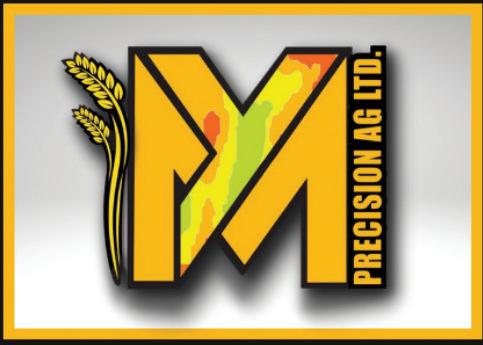


bags lie in the field, the greater the risk that deer, birds and raccoons will discover what is inside the plastic. Moisture issues can also become a problem if the grain sits too long. As a result, decisions regarding when to sell the grain need to be made sooner rather than later.
When the grain bags are emptied, they are no longer useable, but they are recyclable.
The increasing use of these bags is further evidence that farming is an expensive livelihood…and that farmers are doing whatever they can to keep the costs of growing their crop economical.









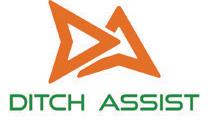




































































1 Newspapers reach the majority of customers weekly.
2 To boost sales.
3 To introduce new products and services.
4 To keep your name in front of your customers.
5 Newspaper advertising can be targeted by section and reader.
6 Newspaper advertising can target specific geographic locations.
7 To reach customers you haven’t thought of yet.
8 With short deadlines, newspaper advertising can be tailored for immediacy.
9 Newspapers are portable and convenient.
10 Newspaper advertising builds business credibility and momentum.
2014 66ft Seed Hawk Tool Bar w/seed &fertizler distribution/ tool baronly equippedfor tow behind Bourgailt cart......$150,000
2016 80ft
Notice is hereby given under The Tax Enforcement Act that unless the arrears and costs appearing opposite the land and title number described in the following list are fully paid before the 9th day of December, 2025, an interest based on a tax lien will be registered against the land.
$220,000
2014 84 ft Seed Hawk 7950 Bourgault Sectional Control/Duals Conveyors.
$448,000
201560ftSeed Hawk /narrow fold/800 Seed Hawk Cart. $240,000


Dated this 9th day of October, 2025
Amanda Baumgartner Treasurer





















PROVINCE-WIDE CLASSIFIEDS 47 local communit y newspapers, distr ibuting to over 450 communities, including 14 cities Reach over 550,000 readers weekly Call 306-6491405 or visit www swna com for details



ix
AGPRO - BUYING: FEED BARLEY & HEATED CANOLA For Bids, Call/Text: 306-873-0481 or visit: agproseeds.com AGPRO MARKET REPORT: Farmers, call to sign up for Free Today! Find QUALIFIED LOCAL EMPLOYEES, using the strength of communit y newspapers! Visit www swna com or call 306649-1405 to find out how!




















RUBBERSTONE
•Cover your ugly concretewith Sierrastone Rubberstone on driveways,sidewalks, basements,
•Tree and stump removal, cutting &stump grinding.
•Landscaping.
•Light carpentry, pergola, gazebos,fences
•Staining fences, decks andsteps
•Deck building.
•Skidsteerwork.
•Auger holes (4" to 24"-13" deep)
•Screw piles (commercial &residential)











































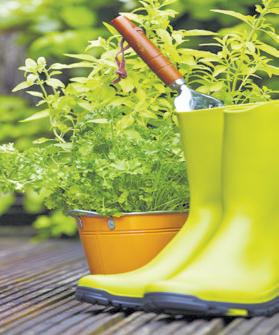








ACROSS
ACROSS
1. Current measure, for short
1. Current measure, for shor t
4. Huck ’s boat
8. Wilts
12. Douglas
4. Huck ’s boat
13. Awoodwind
14. Oc tober gem
8. Wilts
15. Summer drink
16. Funny_
12. Douglas
17. Sub shop
13. Awoodwind
18. Parachutepar t: 2wds
20. Gold purity measure
37. Top’s counterpar t 41.Dullpains
45.Dangers
21. Reach 23. Rosary component
49.Feet of 50.Sampletape
51. Suffer
52. Grade 53. Prayer ender
8. Cola, e.g.
49. Feet of 50. Sample tape
9. Imitator
10. Festiveevent
51. Suffer
11. Narrow gash
52. Grade
19.M ilitar y student
20. Joint
4. R2-D2, e.g.
5. Cancel aspace launch
6. Henr yorJane
7. 20th letter
8. Cola,e.g
9. Imitator 10. Festiveevent 11. Narrow gash
19. Military student 20. Joint
22. Greatwrath
23. Baseball stick
24. Chapter in histor y, perhaps



Organs of sight
Hasty
Galler y exhibit 27. Pleasing smell 28. Dowel
Wiggly sea creature 30. Not wet
Embank ment
Fall
Waterbarrier
Cries
Also
Subjec t
Meeker 40. Atmosphere layer
41. Land division 42. Animal’snail 43. Detest
Organs of sight
Hasty
Embank ment
Fall 50. Waterbarrier
VIRGO
53. Prayer ender
22. Greatwrath
23. Baseball stick
54.Use snow runners
26. Gathered 31. Apprehend 34.Creepier
55. Wool producers
56.Simple 57. In the know
54.Use snow runners
55. Wool producers
56. Simple
24. Chapter in history, perhaps 25. Galler y exhibit
SCORPIO
Beforediving
14. Oc tober gem
20. Gold purity measure
15. Summer drink
21.Reach
16. Funny_
23. Rosar y component
DOWN
17. Sub shop
26. Gathered
31.Apprehend
34. Creepier
18. Parachutepar t: 2wds
35. Sk in design
36. Just
35. Sk in design 36. Just 37. Top’s counterpar t 41. Dull pains 45.Dangers
1. Outofrange 2.Skirt style 3. Getready 4.R2-D2, e.g. 5. Cancela space launch
6.Henry or Jane 7. 20th letter
27. Pleasing smell
57. In the know DOWN
28. Dowel
SAGITTARIUS
Youmustshowcourage
29. Wigglysea creature
1. Outofrange
30. Not wet 32. Cries
2. Sk ir tstyle
33. Also
3. Getready
38. Subjec t 39. Meeker
Fill in the grid so thatevery row, every column and every 3x3 box containsthe numbers 1through 9onlyonce.
Each 3x3 boxisoutlined with a darker line. Youalreadyhavea few numbers to getyou started Remember: you must not repeat the numbers 1through9inthe same line, column or 3x3 box.




AQUARIUS You’ll
PISCES







